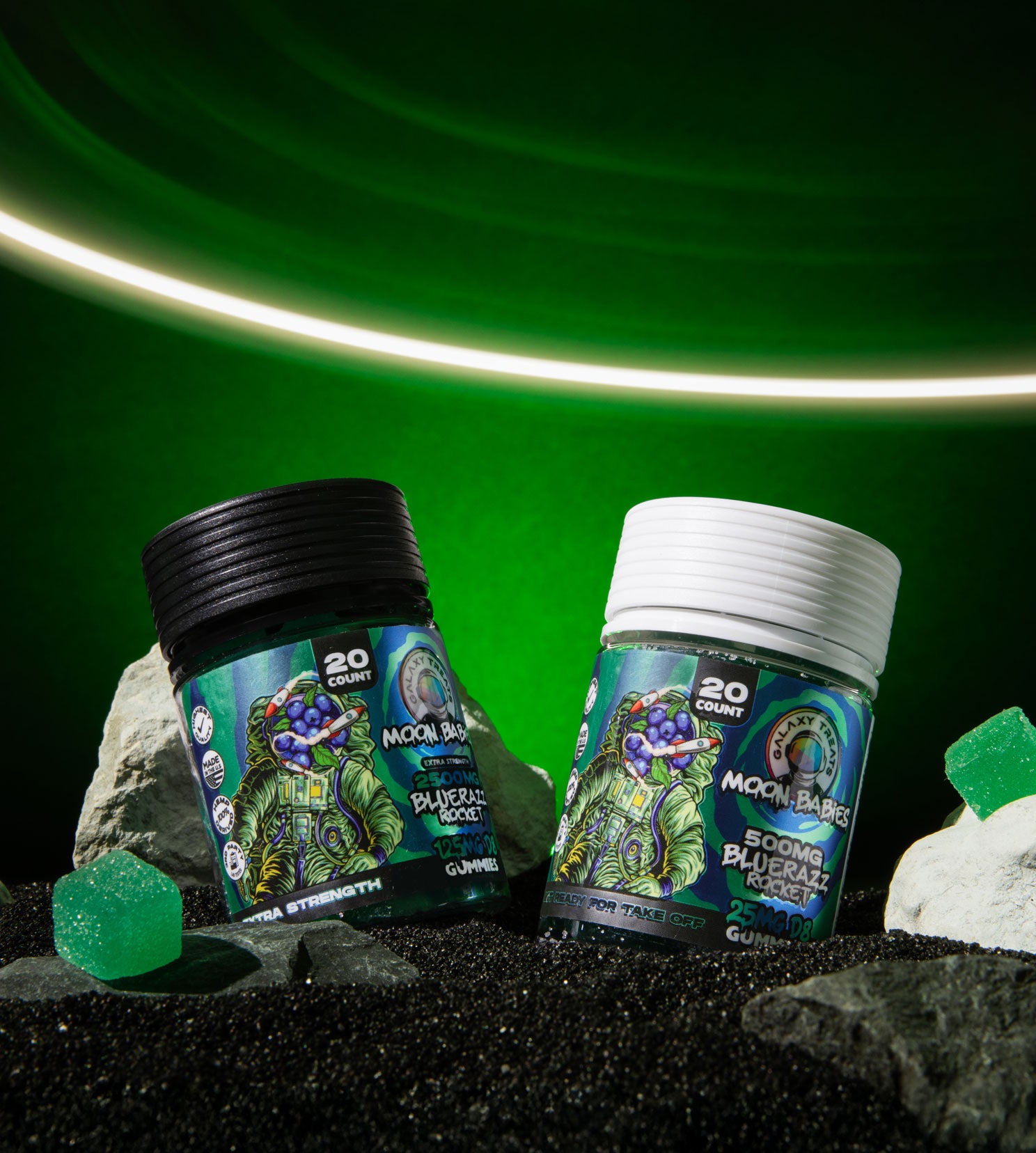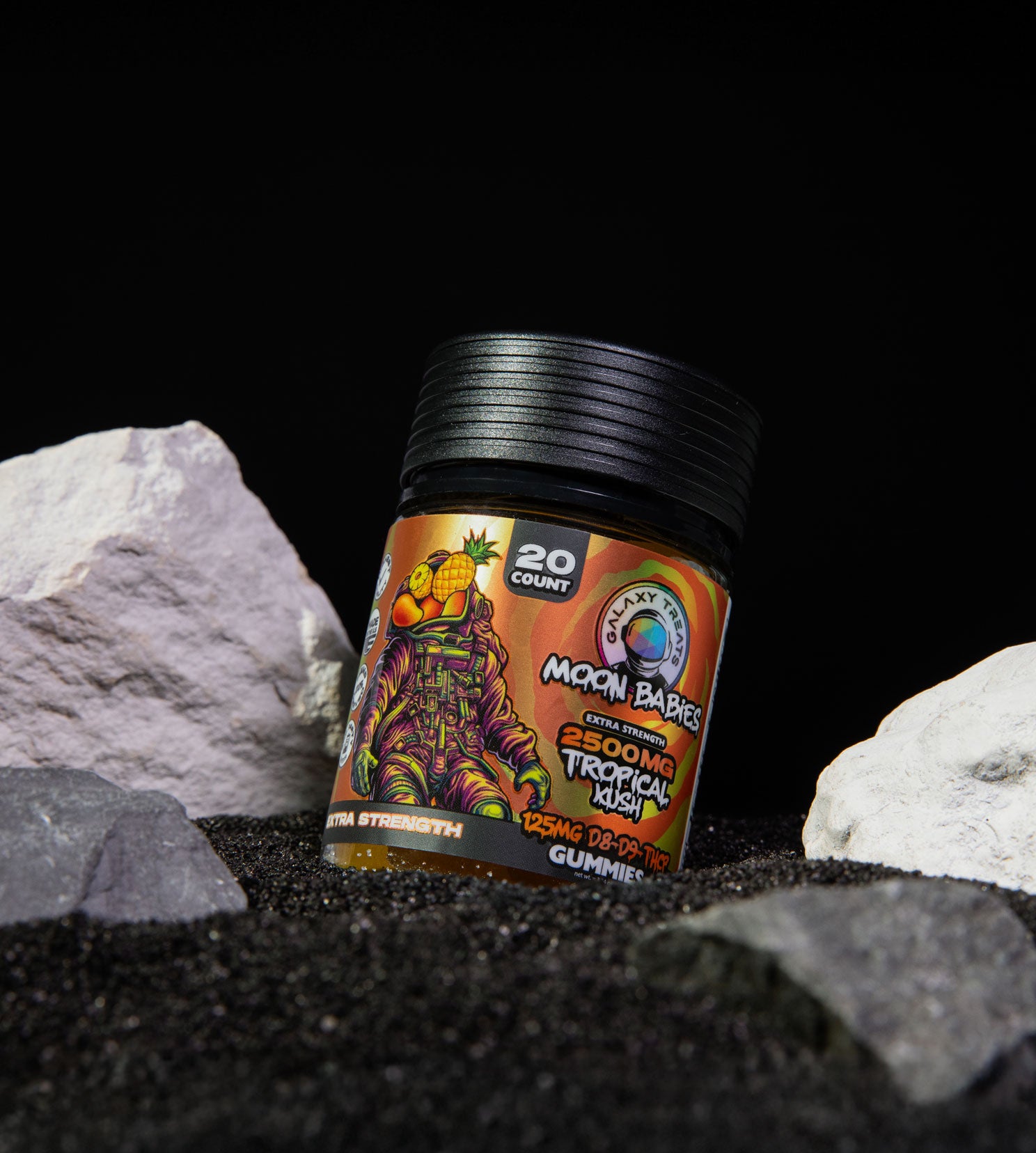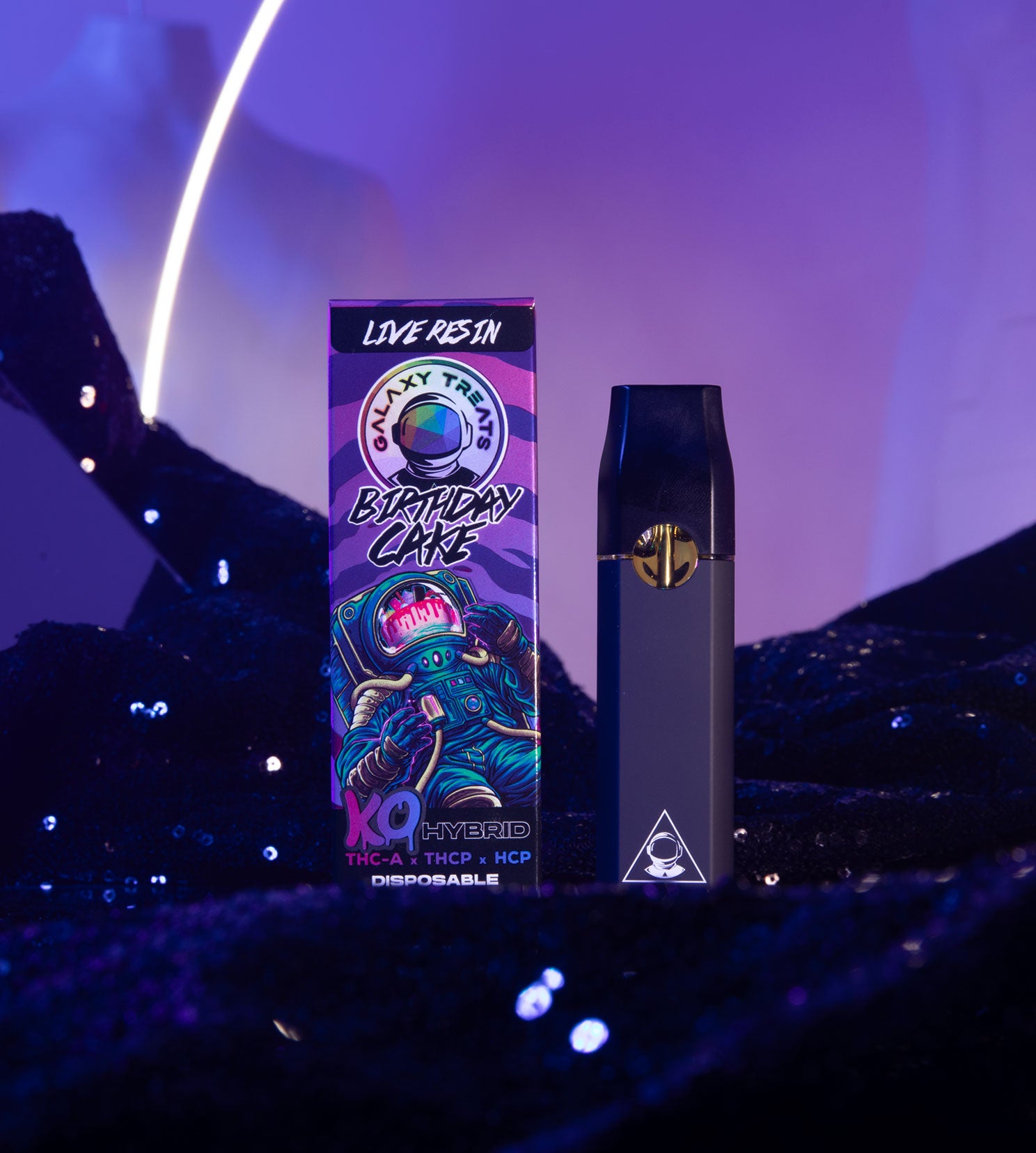What is Kanna?
Technically speaking, Kanna isn't a controlled substance but rather an herbal remedy. However, its effects are often compared to other mind-altering drugs like MDMA or psychedelics. But taking in sceletium tortuosum extract isn't going to send you on a "trip." Instead, it helps relax the mind and relieve stress. Basically, it makes you feel better, making it an ideal supplement for those experiencing anxiety and depression. Because of this South African medicinal plant's biological and pharmaceutical properties, many manufacturers, herbalists, and natural supplement providers process Kanna in different ways. You can find it as a tincture, an edible, or tea, among other products. Traditionally, Kanna would be ground into a fine powder and placed under the tongue to provide almost instant benefits.History of Kanna
This plant has been around for thousands of years, and it's indigenous to the region of modern-day South Africa. Prehistoric tribes in the region first discovered its effects and started using it for various rituals and healing ceremonies because of those effects. So, by the time Dutch traders reached South Africa, Kanna was already well established, making it an ideal crop for trading. The first visual account of this South African medicinal plant is from a painting dated 1685. However, a Dutch colonial administrator named Jan van Riebeeck mentioned trading with the locals for something he called "Kanna" back in 1662. The plant was so desirable that the Dutch were trading sheep for it. In 1685, the Dutchman who painted the plant also described how the locals used it.
According to the account, tribal people would grind the roots, stems, and leaves between stones and store the plant in sewn-up sheepskins. Although the locals called the plant Kanna, the Dutch called it kougoed, which translates to "chew good," because chewing was the primary method of ingestion.
Over the decades, Kanna would make its way through Europe, and many people would remark on its health effects, which they described as similar to ginseng. By the late 1700s, smoking became another popular method for consuming the plant, although chewing the leaves was still commonplace.
The first visual account of this South African medicinal plant is from a painting dated 1685. However, a Dutch colonial administrator named Jan van Riebeeck mentioned trading with the locals for something he called "Kanna" back in 1662. The plant was so desirable that the Dutch were trading sheep for it. In 1685, the Dutchman who painted the plant also described how the locals used it.
According to the account, tribal people would grind the roots, stems, and leaves between stones and store the plant in sewn-up sheepskins. Although the locals called the plant Kanna, the Dutch called it kougoed, which translates to "chew good," because chewing was the primary method of ingestion.
Over the decades, Kanna would make its way through Europe, and many people would remark on its health effects, which they described as similar to ginseng. By the late 1700s, smoking became another popular method for consuming the plant, although chewing the leaves was still commonplace.

How Does Kanna Work?
Although the plant has been used for centuries, there is relatively little scientific research regarding its biological and pharmaceutical properties. However, studies that have been done on the plant illustrate that the most active component is an alkaloid called mesembrine. The plant actually produces multiple alkaloids that impact the central nervous system of the body. Alkaloids are found in nature, but usually not in such high concentrations. Also, most alkaloids taste bitter, so people tend to spit out foods containing lots of them. However, because Kanna is not consumed as a food, its taste is not as much of a deciding factor as other plants.Effects of Kanna
Because Kanna contains highly potent alkaloids that interfere with neural pathways, it can have multiple psychoactive effects on the brain. Typically, users report feeling less stressed and anxious after taking Kanna, and they may also feel slightly more euphoric. While the effect is not the same as other "hard" drugs like MDMA or LSD, it is noticeable. It's said that hunters used to take this Sceletium tortuosum extract to help them relax before a hunt so they wouldn't be so nervous and jittery. In the modern world, Kanna could have a similar effect on various nerve-inducing situations like taking a test, performing a complex task, or just feeling overwhelmed.
Potential Benefits of Kanna
Based on preliminary evidence, Kanna can affect the body both mentally and physiologically. The most common benefits touted by Kanna users include:Stress Relief
More than anything else, Kanna users report feeling less stressed or anxious after consuming the plant. Research indicates that Kanna dampens the processing power of the amygdala, which is where the body's fear response is triggered. So, by limiting the amygdala's capabilities, you won't feel as tense or nervous about the outcome of a specific situation. One double-blind study showed a significant reduction of anxiety symptoms in patients who took Kanna compared to a placebo. The effects were similar to other anxiety medications called SSRIs (selective serotonin reuptake inhibitors).Mood Boost
Just as Kanna can help you feel more relaxed and calm when you're feeling anxious, it can also boost your mood during some of your low moments. Overall, it seems that Kanna can bring your brain into the middle ground so you don't feel too stressed or sad about anything. That said, the plant seems to have more of an impact in bringing down stress levels, so more research is needed to determine if it can work as a suitable anti-depressant or if SSRIs are still the gold standard.
Inflammation Reduction
Although most people don't take Kanna to reduce inflammation, its ingredients can work as anti-inflammatories. So, the plant may help alleviate pain or discomfort caused by inflammation. But there haven't been specific studies related to these effects, so it's unclear how effective it may be or what the proper dosage would be to feel those effects. When looking at the benefits of any natural supplement, it's crucial to remember that everyone's body is unique. So, while Kanna may be potent for someone else, it might not have the same effect on your internal system. Also, the more you use Kanna, the less effective it gets, meaning you have to take more. That said, because Kanna is mostly beneficial in specific situations (as opposed to just a way to get high), it will likely take a while to build up a substantial tolerance.Ways to Use Kanna
Thankfully, there are many Kanna products out there to help you get the relief you need to tackle any situation. You can smoke Kanna, drink it as tea, put some powder in your mouth, or enjoy one of Galaxy Treats' delicious Delta K gummies. No matter how you choose to use Kanna, be sure to start yourself with a small dose and work your way up. Since it's impossible to tell how potent the plant may be when you first take it, you don't want to go overboard until you know what to expect.







